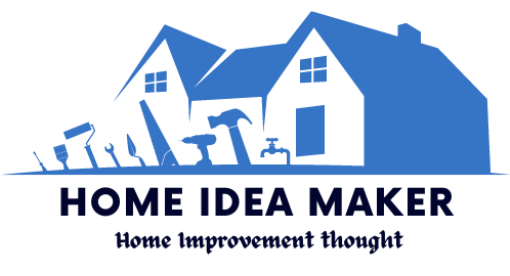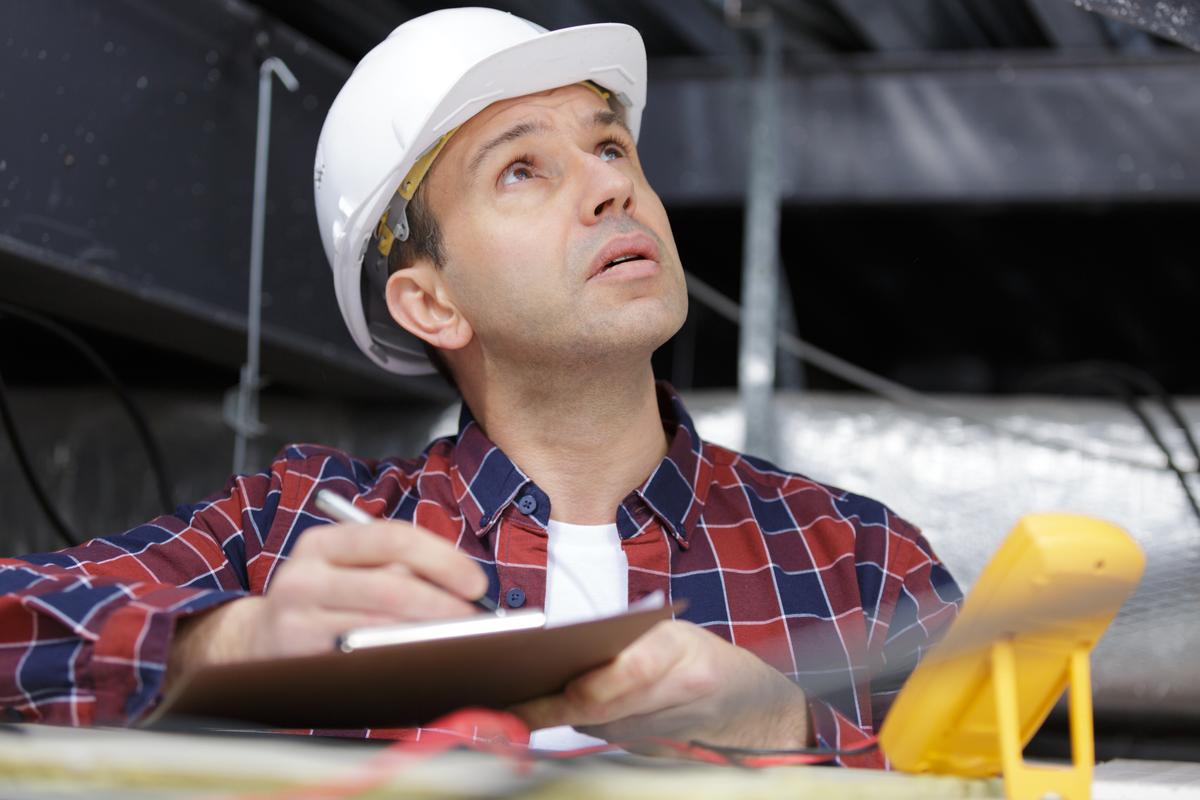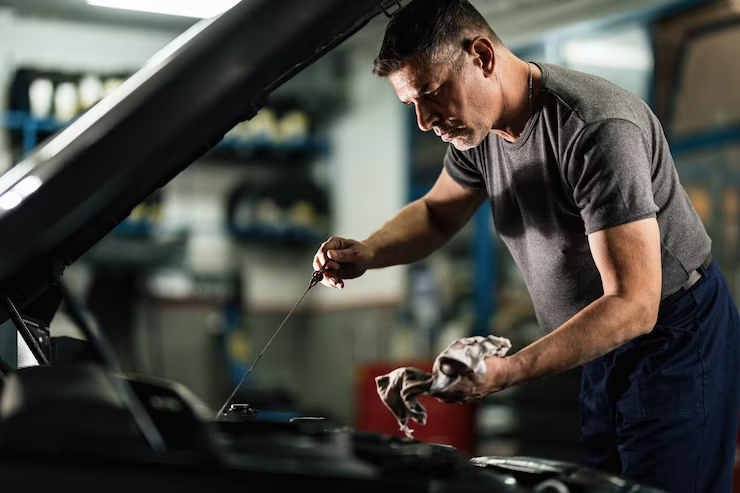What do you imagine when you think of an unassuming game changer in the world of household energy efficiency? Chances are, reverse cycle air conditioning doesn’t come immediately to mind. This often-overlooked fixture in the world of home improvement champions efficiency, aesthetics and year-round comfort in any climate control. But why does reverse cycle air conditioning matter, and what sets it apart in the realm of home appliances? We’ll answer these intriguing questions in today’s blog post.
Often, when the conversation turns to preventive measures for reducing energy bills, our minds drift towards big-ticket changes like insulation, solar panels, or energy-saving windows. But what about our everyday appliances, notably those pertaining to heating and cooling? Can one appliance play a significant role in home improvement and reduce energy costs too? Enter Reverse Cycle Air Conditioning. As a multi-faceted solution, it’s a step ahead in the domain of efficient heating and cooling options.
Over the next paragraphs, we’ll unravel the nuances of reverse cycle air conditioning. We’ll explore how it functions, why it’s a choice pick in the world of HVAC, its advantages and possible drawbacks, and most importantly, how it contributes substantially to your energy efficiency goals. We’re diving right in!
What is Reverse Cycle Air Conditioning?
Reverse cycle air conditioning, widely recognized as an energy-efficient solution, is your one-stop appliance for countering extreme temperatures. Regardless of how warm or cool you want your interiors, this clever system can switch with a flip of a switch, allowing for year-round comfort.
The reverse cycle air conditioner uses refrigerants and a heat pump to cool or heat your home. This smart machine gauges the outdoor temperature, adapts accordingly, and maintains the desired indoor climate blissfully. Modern reverse cycle air conditioners are also known for their silent operation and enhancing the quality of your indoor air, making them a versatile powerhouse.
Furthermore, equipped with intelligent sensors, these systems can detect changes in outdoor and indoor temperatures, adjusting operation accordingly. This ability to self-control helps cut down on unnecessary energy usage, lending further weight to their indispensability.
Why Choose Reverse Cycle Air Conditioning?
The preference for reverse cycle air conditioning over conventional cooling or heating methods always pivots on one key aspect: energy efficiency. But it’s also about the cost savings attached. How does consuming less energy translate into reduced costs for homeowners? Well, it’s simple – the lower your energy consumption, the lesser your energy bills.
Not just this, reverse cycle air conditioners can produce up to three times more heat per kilowatt of electricity making them the most efficient sources of heating on the market. Upgrading to reverse cycle air conditioning is not just a sustainable and eco-friendly choice, but also one that protects the household budget.
Moreover, the invertor technology helps these machines work at varying speeds, thereby reducing their overall energy consumption. Now that’s smart technology sparking change in home improvement.
The Green Appeal of Reverse Cycle Air Conditioning
Underpinning every discussion about energy efficiency is the pressing need to reduce carbon footprint. Is there a link between the use of reverse cycle air conditioners and minimizing environmental impact?
Well, yes! The secret lies in how these systems operate. They rely on renewable heat energy present in the outdoor air to keep our homes warm, rather than solely on electrical energy. This innovative mechanism significantly lessens greenhouse gas emissions, thereby endearing them to environmentally conscientious homeowners.
Pros and Cons of Reverse Cycle Air Conditioning
Indeed, the benefits of installing a reverse cycle air conditioning system are numerous. Beyond the obvious advantage of controlling our indoor climate, they’re energy-efficient, cost-effective, and eco-friendly. They also boast of offering cleaner air via built-in filters, capable of nabbing dust, allergens, and even bacteria.
However, the initial investment to mainly install a ducted reverse cycle air conditioner may seem steep to some. Customers must also consider maintenance expenses, ensuring the longevity and efficiency of their system.
The Future of Reverse Cycle Air Conditioning
With the spiraling impact of global warming, the call for energy-efficient appliances is louder than ever. As such, the future of reverse cycle air conditioning appears promising. While technological advancements continue to make these systems smarter and more efficient, they’re also pushing the boundaries of how we perceive and manage our energy consumption.
Wrapping Up: Embracing The Energy-Efficient Charm of Reverse Cycle Air Conditioning
Investing in reverse cycle air conditioning is a far-sighted, beneficial decision that promises both pocket-friendly and environment-friendly advantages. Beyond providing us with optimal indoor living conditions, they’re shaping how we consume energy and care for our environment, today and in the future.
True, a plush couch or an art piece may initially seem more appealing home additions, but the silent yet profound contribution of a reverse cycle air conditioning system speaks volumes. Not only can it keep you cozy all year round, but it can also keep you financially and environmentally sound. Take the step, make the switch, feel the difference – the charm of a sustainable lifestyle awaits you.



